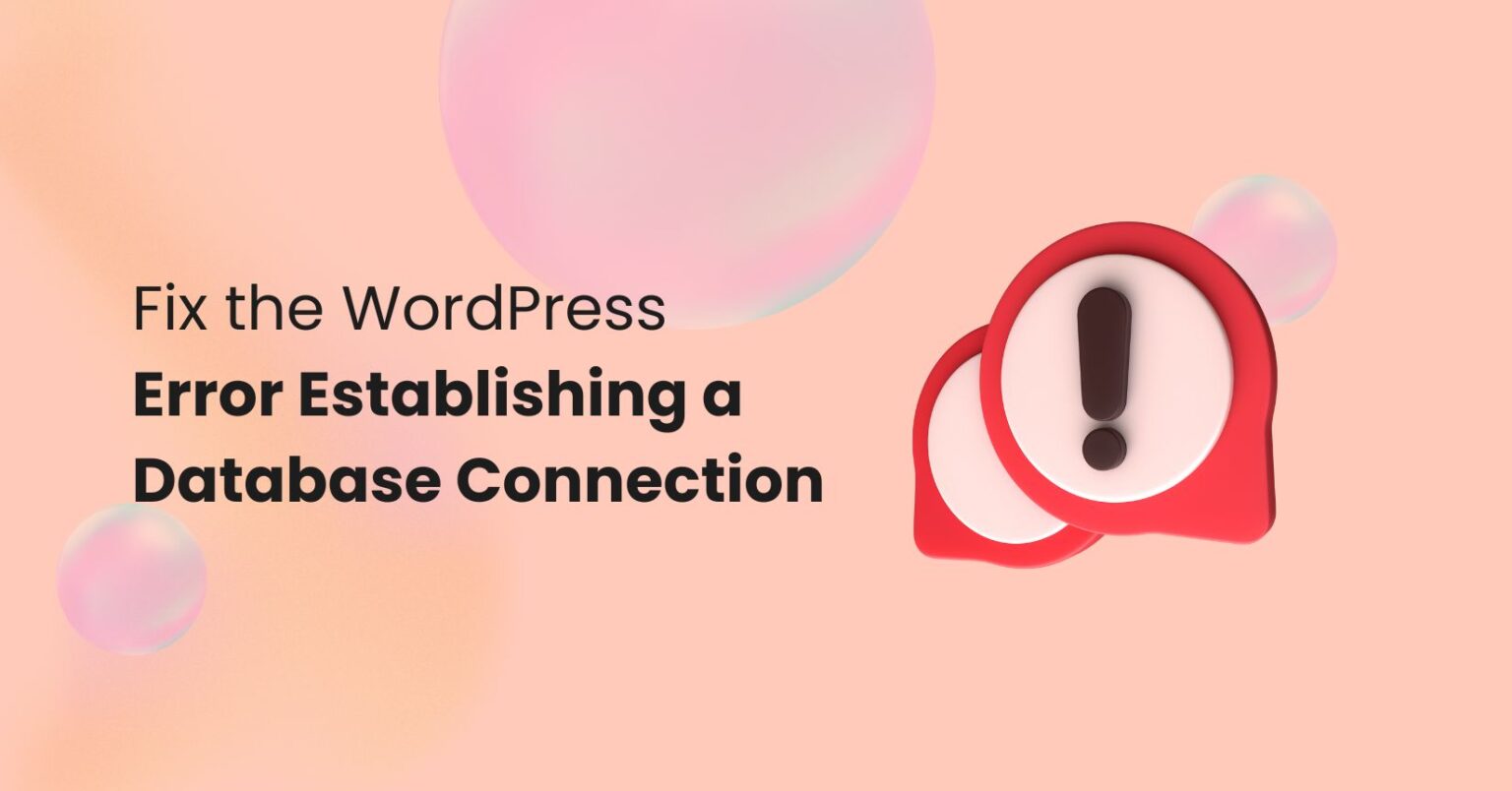In today’s digital age, taking your offline store online can significantly expand your reach, increase sales, and help your business thrive. Transitioning to e-commerce is a critical step for many retailers, and it requires careful planning and execution.
Steps to Launch Your Online Store
In this comprehensive guide, we’ll walk you through the essential steps to launch your offline store online successfully.
Assess Your Business
Understanding Your Target Audience: This step involves identifying the specific demographics, preferences, and behaviors of the customers you want to reach online. Understanding your audience helps tailor your online store to their needs.
Competitor Analysis: Analyzing your online competitors allows you to learn from their strategies, identify gaps in the market, and define your unique selling proposition. This information is crucial for standing out in a crowded online marketplace.
Choose Your E-commerce Platform
Selecting the Right Platform: Various e-commerce platforms are available, each with its features and benefits. Choosing the right platform is a fundamental decision, and it should align with your business goals, budget, and technical capabilities.
Registering a Domain Name: Your domain name is your online address. It should be memorable, reflect your brand identity, and align with your business name.
Build Your E-commerce Website
Design and User Experience: A well-designed website is essential for attracting and retaining customers. It should be visually appealing, easy to navigate, and mobile-responsive, considering the growing number of mobile shoppers.
Product Listings: Populate your website with detailed product listings, including high-quality images, comprehensive descriptions, pricing, and availability information. This helps customers make informed decisions.
Shopping Cart and Payment Gateway: Implement a reliable shopping cart system and secure payment gateways to ensure a smooth and secure checkout process for your customers.
Establish an Inventory Management System
Inventory Tracking: Managing your inventory is vital to avoid overstocking or running out of popular products. Implement a system to track your inventory in real-time.
Fulfillment Options: Decide whether you’ll handle order fulfillment in-house or partner with a third-party service to pack and ship orders. Consider the costs and efficiency of each option.
Implement Digital Marketing
Search Engine Optimization (SEO): SEO is the process of optimizing your website to rank higher in search engine results. This increases your online visibility and drives organic traffic.
Social Media Marketing: Active and engaging social media profiles help build your brand’s presence, connect with your audience, and promote your products or services.
Email Marketing: Building an email list and crafting effective email campaigns can help you reach out to your customers directly, promote new products, and drive repeat business.
Customer Service and Support
Live Chat and Customer Support: Providing accessible customer support, such as live chat or email, enhances the customer experience by addressing inquiries and issues promptly.
Return and Refund Policies: Clearly communicate your return and refund policies on your website to set customer expectations and establish trust.
Launch and Promotion
Soft Launch: Before a full-scale launch, conduct a soft launch with a limited audience to identify and resolve any issues on your website.
Marketing Launch: For your official launch, plan a grand opening event to generate excitement and attract your first online customers. Utilize various marketing channels for promotion.
Monitor and Optimize
Analytics Tools: Utilize tools like Google Analytics to monitor website performance, track customer behavior, and gather valuable data for decision-making.
Feedback and Reviews: Encourage customers to leave reviews and provide feedback. Use this information to make improvements and enhance the shopping experience.
A/B Testing: Continuously optimize your website through A/B testing, which involves comparing different versions of a web page to determine which one performs better in terms of conversions.
Security and Data Protection
SSL Certificate: Installing an SSL certificate ensures secure data transmission and builds trust with customers by protecting their personal and payment information.
Data Privacy Compliance: Ensure your business complies with data protection regulations relevant to your location and the locations of your customers, such as GDPR or CCPA.
Scaling Your Online Store
Scaling Strategies: As your online store grows, explore strategies to expand your product range and reach more customers, such as offering new product lines or entering new markets.
Final Thoughts
Adapt and Evolve: Embrace the ever-changing e-commerce landscape by staying updated on industry trends and adapting your strategies accordingly.
Customer-Centric Approach: Always prioritize your customers’ needs, providing an exceptional shopping experience to build brand loyalty and achieve long-term success.
Each point in this guide is crucial for successfully transitioning from an offline store to a thriving online presence. It provides a comprehensive roadmap for business owners looking to make the most of the e-commerce opportunity.


